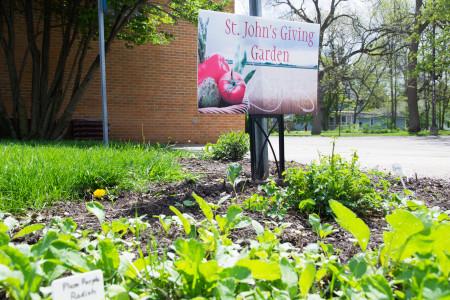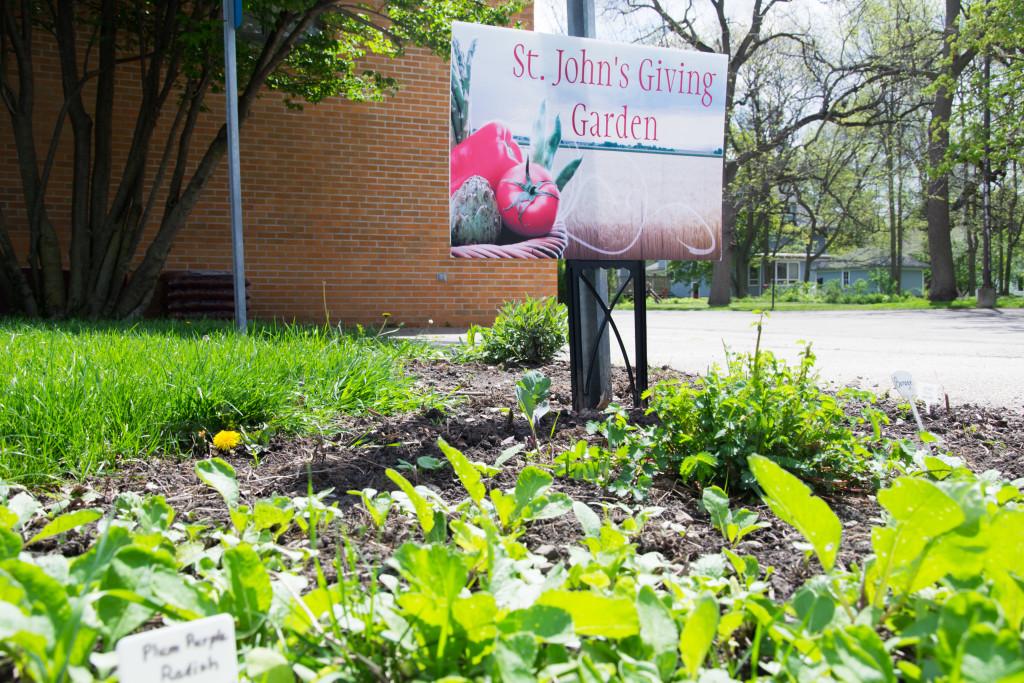Mira Braneck, Staff Writer
braneckm@grinnell.edu
Food insecurity in the Grinnell community is a bigger issue than one would expect, according to Rich Dana, the Executive Director of Imagine Grinnell. This, combined with the high cost of fresh foods, poses a major problem to the town. In an effort to battle these issues, members of the community came together to start the Grinnell Giving Gardens.
The Giving Gardens, a network of volunteer-maintained gardens, are designed to grow fresh produce for those who need it most.
“The goal of the Giving Gardens is to create a network of gardens in the community that focuses on providing produce to those who may not have easy access to it, such as community members who may not have the money to spend on fresh produce and/or may not have the resources needed to have their own garden,” wrote Lily Swedenhjelm, a member of the Grinnell Giving Gardens Committee, in an email to the S&B.
There are currently four different locations for the Giving Gardens, including locations at Grinnell Regional Medical Center, St. John’s Lutheran Church, St. Paul’s Episcopal Church and Summer Street Park. According to Dana, a fifth garden is on the way, to be located at the Grinnell Community Day Care.

Each garden is maintained by different, independent groups, according to Swedenhjelm. At the churches, the gardens are maintained by their congregations. The garden at GRMC is maintained by the hospital staff and the GRMC day camp children.
Imagine Grinnell, a local organization dedicated to improving the quality of life of Grinnell residents and keeping the town green, is responsible for maintaining the Giving Garden located at Summer Street Park. Dana sees the program as both helping those in need and bringing the community together.
“It’s sort of a community building thing … the idea is to encourage people to eat fresh food, to eat non-processed food. It kind of works on a couple different levels — as a health thing, as an educational thing, as something that actually helps serve those who need it,” he said.
Anyone in the community is entitled to the produce. Those who plant and maintain the gardens take the produce to different drop-off points around the community. A large amount of the food grown is distributed through MICA, the local food pantry.
The Giving Gardens came out of the Community Transformation Grant from the Iowa Department of Public Health in 2014. The grant team examined the human, social and cultural, environmental and economic health of the community.
“We took the results of the assessment to our stakeholder group, the Grinnell Area Local Food Alliance, who then suggested interventions that we could implement to address needs in the community identified by the food system assessment,” Swedenhjelm wrote. “One of the interventions proposed was the Grinnell Giving Gardens network.
“There are a lot of people who are food insecure in Grinnell, surprisingly, for a community that has a fairly high median income,” Dana said. “There are a significant number of people, either on limited incomes or the elderly, who don’t necessarily have access to fresh food, because it’s expensive or because of where they live.”
The volunteers of the Grinnell Giving Gardens are working to combat that.





























































